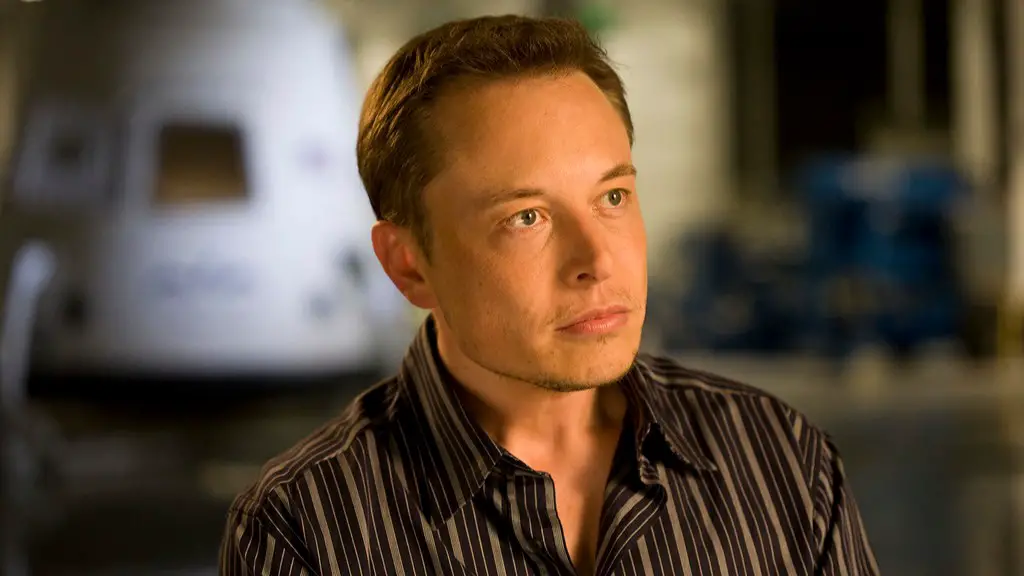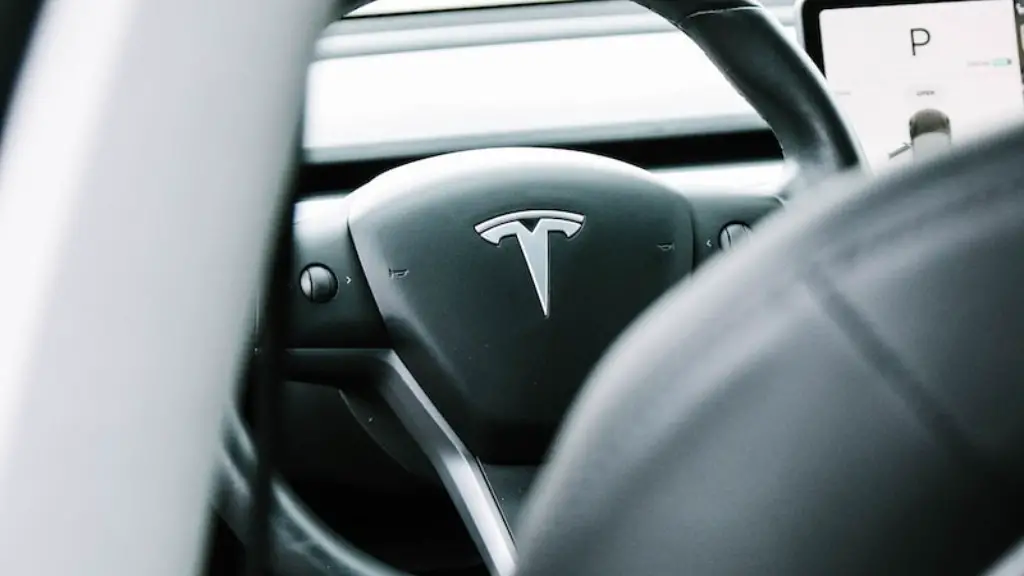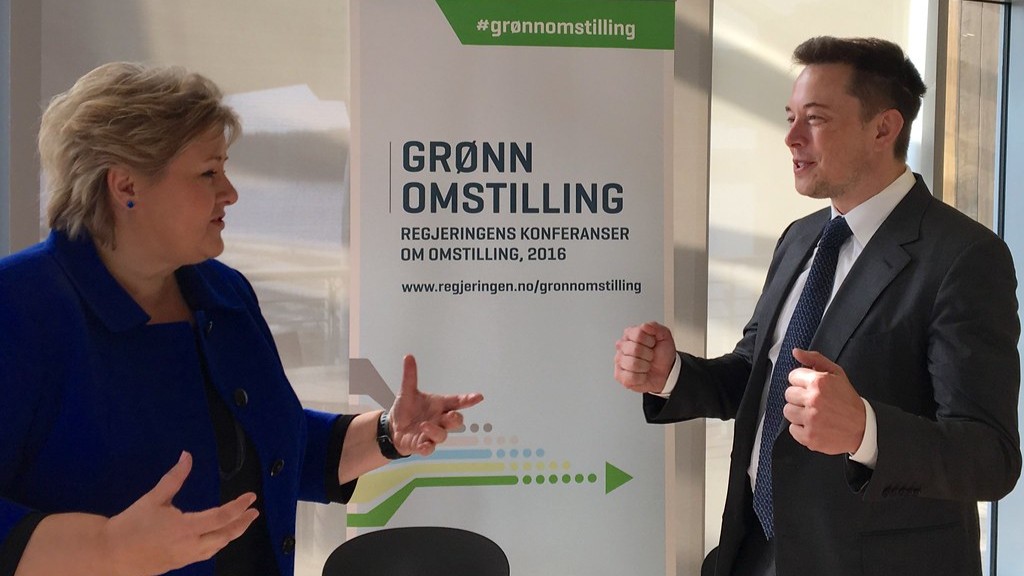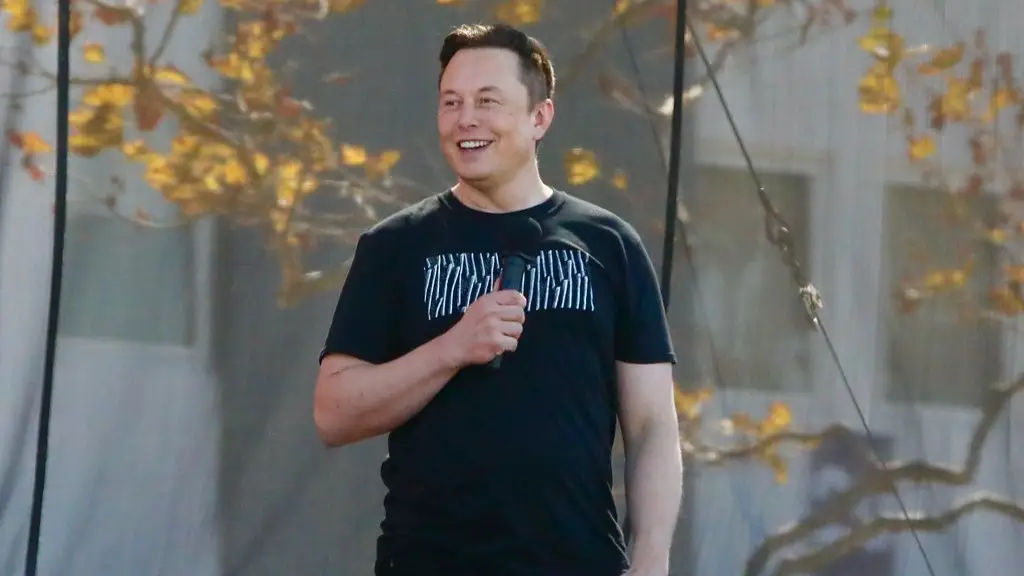Introduction
Elon Musk is a significant figure in the world of technology, having founded various companies. The billionaire entrepreneur has a lot to say on a range of topics, including self-driving cars and the use of lidar. Despite being a well-known technology in the field, Musk has gone on record to state a strong aversion towards its use — but why?
What is Lidar?
Before one can understand Elon Musk’s sentiments, it’s important to first explain what lidar is. Lidar is a surveying tool that uses lasers to measure distances — specifically, the distance between the lidar device and surfaces within the environment. Though still quite young, lidar has been used significantly among both autonomous and drone technology.
The Musk Perspective
Elon Musk has been quite vocal on the matter of autonomous vehicles, believing that cameras and radar are more efficient picks than lidar in correctly detecting the environment. Musk further stated that the complexity of lidar — both in its design and its cost — makes it impractical for commercial businesses to incorporate. Furthermore, he believes that its overall performance fails in comparison to that of radar and camera systems.
The Expert Network
Musk’s views have been argued against, however, by a number of experts in the technology field. Matthias Schulze, of German engineering giant Bosch, has gone on record to state that lidar is highly necessary for vehicle safety and autonomous navigation — carrying the logic that cameras and radar, while relied on heavily, still cannot necessarily detect objects that are low to the ground or in the air. Other technological experts throughout the industry have largely sided with Schulze as well.
The Argument Elaborated
The basis of the argument against Elon Musk’s reasoning comes down to that of cost and complexity. It’s true, the components used in lidar technology can be costly — and even complicated — to produce. However, Musk’s perspective disregards the fact that the components and build of the system are consistently being improved upon. In terms of cost, the ever-growing and booming technology field has yielded decreased costs for parts, and is likely to continue doing so over time.
Conclusion
Though there is an evident divide between different camps, the ever-changing landscape of technology allows for diversification among all sides. It isn’t a matter of one method being superior to another, but rather an ongoing process of improvement and development.
The Present Reality
Today, lidar is far from obsolete. As drivers are becoming more and more reliant on autonomous systems for safe passage, the necessity of lidar has been re-affirmed. Automakers, tech companies, and other industry makers have all invested time and money into developing smarter and more efficient lidar technology.
Radar & LIDAR Cooperation
Though the initial skepticism towards lidar still persists, Elon Musk and other autonomous vehicle builders have come to terms with the fact that cooperation between radar, cameras, and lidar is essential. Each system works best in conjunction with one another, mutually dipping and helping each other out in areas of bias and uncertainty.
Autonomous & LIDAR Integration
In terms of autonomous driving, the sophisticated integration of lidar and other sensors is rapidly advancing. The application of powerful analysis algorithms in self-driving cars is used to successfully detect and recognise objects such as pedestrian, cars and road signs in real time. Furthermore, lidar provides high-accuracy mapping for autonomous navigation.
Technical Limitations Explained
Technical constraints still persist, however. High-end lidar systems are still too expensive for wider applications—particularly for commercial purposes. Reliability and operational costs are also concerns that need to be addressed. Besides these issues, software algorithms still have room for improvement. Companies are working hard to develop the necessary software tools capable of properly interpreting lidar data.
Merging With IoT
The development and use of lidar is continuing to grow, and with the introduction of the Internet of Things (IoT) in recent years, more opportunities are arising. In addition to use in autonomous vehicles, the technology is being adopted in home security systems and industrial robotics applications. This has encouraged an effort to align lidar with IoT capabilities, allowing lidar to be used outdoors for tasks such as traffic monitoring, road security and infrastructure inspection.
Costs Decreasing
Despite its varied application, the cost of high-end lidar still remains a major hurdle. However, the cost of solid-state lidar systems are showing rapid decreases, as they are more compact, efficient, and reliable than laser-based systems. Solid-state systems also require less power than lasers, making them ideal for battery-powered autonomous-machinery.
Importance of Camera & Radar
Beyond the ever-important lidar, cameras and radar are also indispensable for autonomous vehicles. For instance, radar can detect movements inside a vehicle’s range accurately in both rainy and foggy conditions, making it useful for reaction-based applications such as cruise control. Cameras meanwhile are ideal for identifying and evaluating object shapes, colors, textures, and sizes — helping to recognize pedestrians and evaluate road signs.



